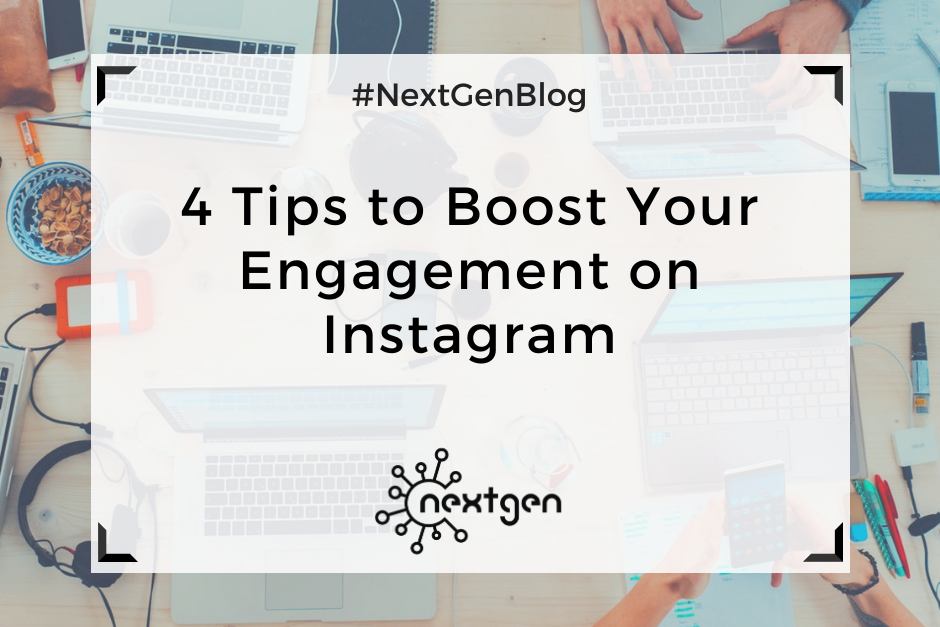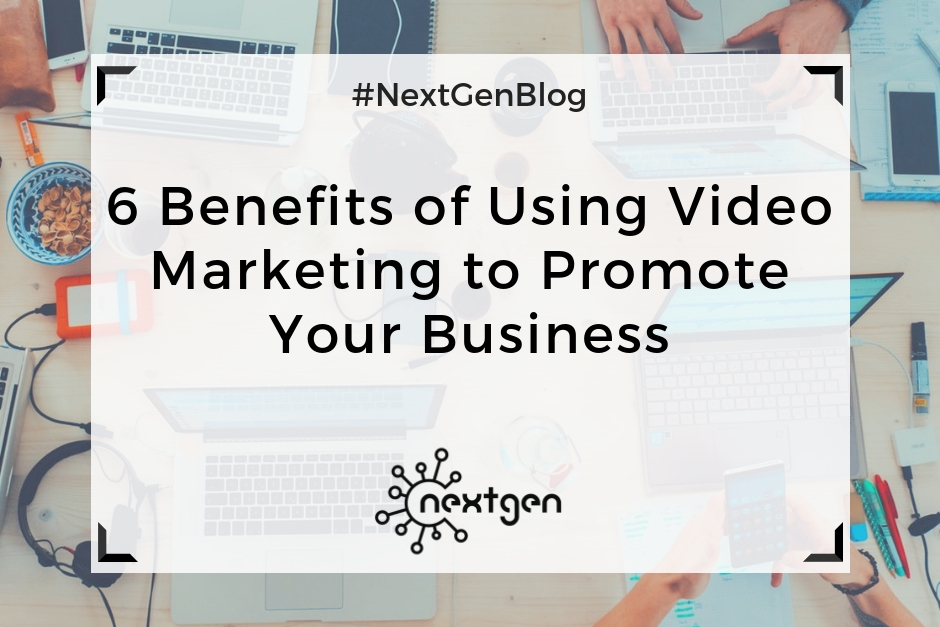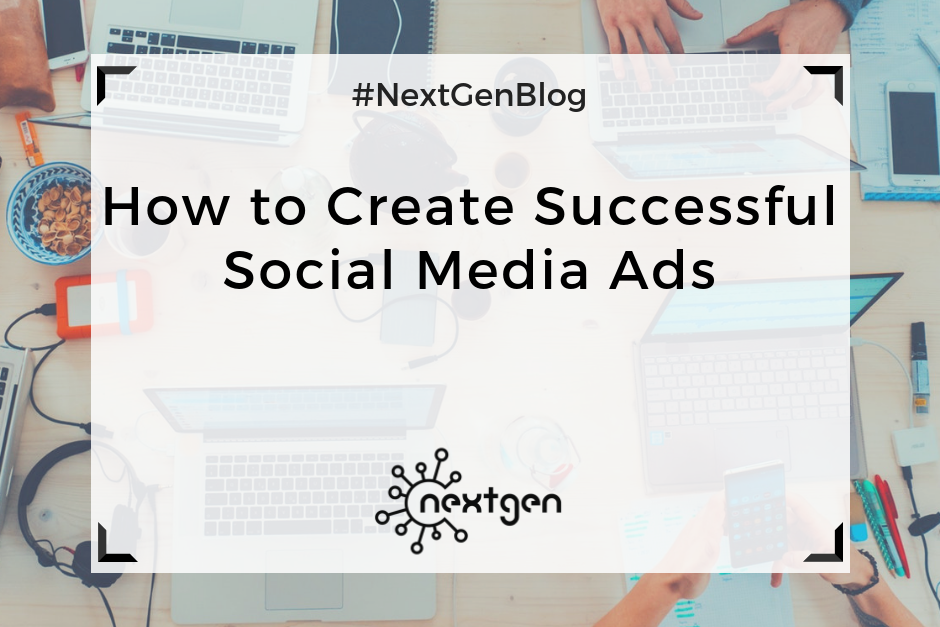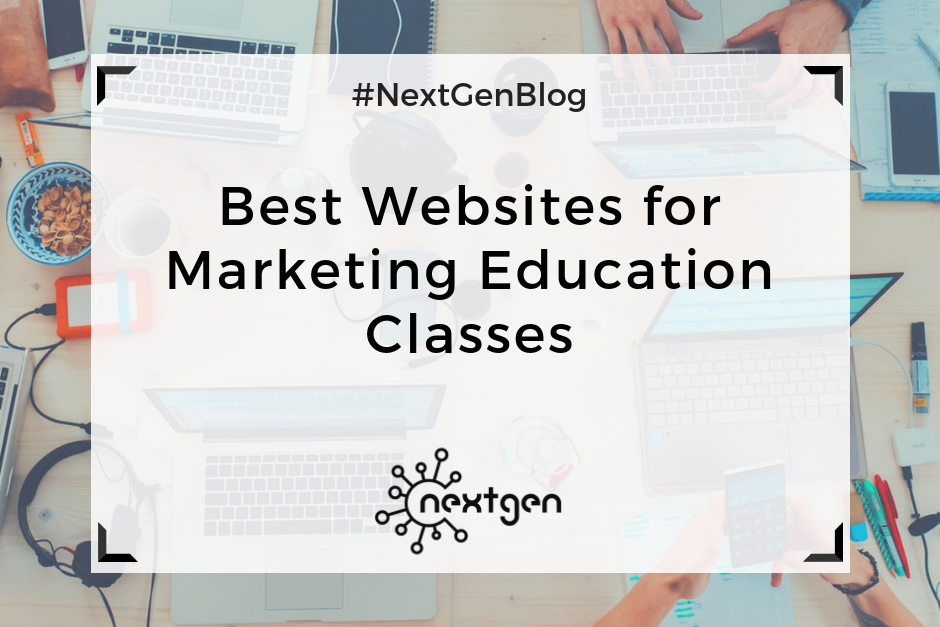
by Sofi | Oct 21, 2019 | Social Media Marketing
High Instagram engagement can help you increase your brand exposure and create better relationships with your customers, which can ultimately lead to increased sales. Even if your strategy is posting high-quality content on a regular basis, we assure you that’s not good enough. There are many other things you can do to engage your followers. So, here are four recommendations on how to create more engaging Instagram posts:
#1 Add long tail hashtags
When you post your content to Instagram, add long tail hashtags. Make sure they are relevant to your brand and industry, and don’t make them too general or too specific. Posts with too general hashtags will easily get drowned in other posts, while posts with too specific hashtags will be harder to find. Try to think like your audience and imagine what type of hashtags they are most likely to search for. Using the right long tail hashtags on your Instagram posts will help you attract and engage many followers.
#2 Use emojis
Emojis may not seem so relevant, but they can actually make a big difference when it comes to Instagram engagement. A study by the Social Media Lab found that posts with emojis had a 15% higher interaction rate, which means that using emojis on your Instagram posts can result in higher engagement. However, if you think that emojis are not really right for your brand or industry, then it’s better if you don’t use them often or at all.
#3 Add location
This one might seem like a no-brainer, but many users forget to add location to their posts. Adding location can increase your visibility to people that live in a specific place and to people searching for content related to that place. This is true for both posts and stories. So next time you post something on Instagram, don’t forget to add a location.
#4 Add a call to action
Adding CTAs to your posts is another way to boost engagement on Instagram. This means that to be more engaging your posts should include some kind of CTA statement that encourages your followers to take action, such as: click the link in bio, answer this question, tag your friends, etc. You can also include CTAs in your stories by using question or poll stickers for example. Make sure you include CTAs in your posts more often, but be careful not to overdo it because you will risk becoming annoying to your audience.
***
If you want to learn more, read the following articles on this topic:
- https://www.falcon.io/insights-hub/topics/social-media-strategy/21-tips-increase-instagram-engagement/
- https://www.quicksprout.com/instagram-engagement/
- https://www.socialinsider.io/blog/boost-instagram-engagement/

by Sofi | May 30, 2019 | Other
Video is a powerful content marketing tool, and many businesses have made it an integral part of their marketing strategy. According to Renderforest, 5 billion videos are watched on YouTube every day, 100 million hours of video per day are watched on Facebook, and 4.6 billion video ads are watched online each year. These statistics prove that video marketing can be a rather effective way to promote and grow your business.
So, here are six important benefits of using video marketing:
#1 Increases brand awareness
Video attracts people’s attention more than other types of content. Creative and engaging video content is more likely to get likes, comments, and shares and has a great potential to become viral. This will increase people’s awareness of your brand and can get you new followers and new potential customers.
#2 Builds trust and emotional connection
The number one goal of marketing is to create long-term relationships with your customers, which are based on trust. Video is a great way to create a personality for your brand and connect with your customers in a more meaningful way, unlike other types of content. In videos, you can use things like voice, music, facial expressions, etc. to tell a story which evokes emotions. You can also create product videos to educate and inform customers about your products, which can help you build more trustworthy connections.
#3 Improves search engine rankings
Search engines love video content because this type of content engages people a lot. If you embed videos on your website, visitors will spend more time on your site, which in turn will help you rank higher in Google search. Also, don’t forget to optimize your video content for SEO by adding relevant titles, descriptions, links, and other important information.
#4 Boosts conversions and sales
According to a study by Eyeview, including video on a landing page can boost conversions by 80%. So, consider including a product video on your landing page to achieve this. Videos can also help you drive sales. Including an informational product video on your landing page might positively influence people’s decision to buy your product as well.
#5 It’s great for explaining products and services
By combining the visual and audio elements of a video you can easily explain or demonstrate your product or service. According to Wyzowl, 98% of users say they’ve watched an explainer video to learn more about a product or service. Also, according to Animoto, four times as many consumers would rather watch a video about a product than read about it. So, try to create informative product videos that will be useful for your viewers.
#6 Improves social engagement
Creating great video content will help you drive engagement on social media. If your followers like your content they are very likely to share it, and social sharing will increase your audience reach. The number of social media users is constantly growing, so keep that in mind when planning your future video marketing strategy.

by Sofi | Mar 15, 2019 | Other
Ranking refers to your website’s position in the search engine results pages (SERPs), and ranking factors are essential for effective search engine optimization (SEO).
According to SEO experts, there are over 200 ranking factors used by the Google search algorithm to rank websites and pages. However, not all ranking factors are equally important.
Here is a list of the most important Google ranking factors you should consider for 2019.
#1 Content quality
Publishing high-quality website content is crucial for good rankings.
- Create pages containing content that provides valuable information for the users, but also make sure your content has some length to it. According to research, content with over 2000 words gets higher rankings.
- Do a keyword research and use relevant keywords in your content. Also, use LSI keywords, which are keywordssemantically related to your main keyword.
- Understand search intent to understand what people are looking for and optimize your content accordingly.
- Optimize your pages for voice search since more and more people search content by voice.
- Video is very popular and drives a lot of traffic, so make sure you include video in your content strategy.
#2 Secure website
Switch your website to HTTPS, if you haven’t done so yet. HTTPS was first announced as an official ranking factor on the Official Google Webmaster Central Blog in 2014. Although it doesn’t affect SEO significantly, according to Google’s Gary Illyes, HTTPS may serve as a tiebreaker when the quality signals for two search results are otherwise equal. Plus, transitioning to HTTPS will help you deliver a better experience for your users.
#3 Mobile-friendly website
More than 50% of searches are now done on mobile devices, so you need to have a mobile-friendly website to provide a good user experience to your customers. Google now uses mobile-first indexing, which means that they use the mobile version of a page for indexing and ranking. Optimize your website for mobile and make sure your desktop and mobile content match.
#4 Page speed
Google wants to provide the best web experience for users, so the websites that load faster will rank at top results. That’s why page speed is a major ranking factor for your website, and you should optimize your page speed on both desktop and mobile.
#5 Backlinks
Backlinks are one of the most important ranking signals on Google. To rank higher in the search results, your content should get quality backlinks from authoritative and relevant websites. You can build backlinks by writing great blogs and articles, creating infographics, guest blogging, writing skyscraper content, etc.
#6 Domain age and name
Websites that have existed for a longer period of time hold top ranking positions, while new websites have a hard time achieving that. So, it’s a great advantage if your website has been active for more than a year. Another relevant ranking factor is the domain name. If you have a quality website, an exact-match domain can help you rank higher.
#7 User experience
User experience (UX) influences your SEO as well. Focus on providing a great user experience by creating a website that is easy to use and navigate and has relevant, valuable content. This will keep visitors on your page longer, and it will help improve your search engine ranking.
#8 On-page SEO
On-page optimization is another important factor for improving your ranking position. Here are some aspects you need to look at when optimizing your website:
- Optimize your website with efficient metadata by writing relevant meta titles and meta descriptions for your pages.
- Use header tags to show the hierarchy of your content.
- Use keywords in the alt tags of your images to describe them.
- Use schema markup to provide search engines with more information about your content.

by Sofi | Dec 21, 2018 | Social Media Marketing
Social media advertising is one of the biggest social media trends, and it can benefit the growth of your business. The reach of organic content is slowly declining. Paid social makes sure that your content is getting in front of the right people. This form of advertising targets a specific audience that you outline with customizable demographic information. However, you need a strategy for paid social media advertising in order for it to work and be worth your time and money. This includes taking ad spend, content selection, and audience targeting into consideration. Here are some tips on how to create successful social media ads.
#1 Choose a Paid Social Goal
Every brand has a different goal. Prioritize your goals, and decide which one to attack first with your social media campaign. There are five common paid social goals: increase traffic, increase visibility, increase engagement, increase lead generation, and increase sales. Each one of these goals will require a different action from your target audience, so your ad needs to direct your audience on what action to take. Using social buttons helps provide the consumer with shortcuts to desired actions. Facebook and Instagram even include options for pre-set goals that affects how, when, and to who your ad is shown.
#2 Choose a Social Platform
Each social media site caters to a specific kind of content with a specific audience. So, you should run ads on sites that your target audience uses. Facebook has multiple ad formats that make it great for business-to-consumer campaigns. Instagram is suitable for increasing web traffic sales and driving awareness. Twitter heavily relies on gaining new followers, which can grow awareness and drive clicks to your website. Because of LinkedIn’s specific demographic, it is a better platform for business-to-business campaigns. Researching where your competitors’ ads are being displayed can be helpful in deciding which platform to use as well.
#3 Blend in With Organic Content
Although you want your ad to grab attention, it is not always helpful for an ad to stand out. When deciding what type of content to display, it is important to make sure that your ad content blends in with the organic content on users’ feeds and walls. Generally, people are aware of when they are viewing ads, and too many ads from your company might lead to people unfollowing you. Posts that stand out as paid social as opposed to organic content will draw more negative attention to how often they are being posted. It is important for your brand to not stand out as spammy.
#4 Choose a Bidding Strategy
One great advantage of social media ads is that they can work on any budget. However, bidding too high might be unnecessarily wasting money while bidding too low could make for an unsuccessful campaign. Researching the best days and times to run your ad can help cut costs while ensuring your ad runs when your audience will mostly likely see it.
#5 Analyze and Adjust
With any marketing strategy for your business, one of the most important steps is analyzing the results of your campaign and adjusting future campaigns based on your findings. You can view insights as to how well your ad is performing and the results in quantifiable actions during and after its duration. So, take the time to adjust your paid social media ad while it is active if the insights are showing that it isn’t reaching your audience. Afterwards, look closely at what was successful about the ad and what can be better changed for next time.

by Sofi | Dec 14, 2018 | Other
In order for any business to prosper and grow, a good marketing strategy is necessary. This requires a good marketer, and in order to be a good marketer it’s crucial to have a marketing education of some kind. Whether you’re a beginner or seasoned professional, there are a lot of options for taking marketing courses or accessing helpful resources online without having to pursue a formal education. Marketing trends are constantly changing, so even someone with a formal marketing education can benefit from taking one of these online courses. Often, you can find these tools online completely free of cost and available to anyone. Here is a list of the best websites for marketing education classes.
#1 Hubspot
Hubspot offers both free and paid courses on a variety of marketing principles that include videos and quizzes to test your knowledge. Along with these courses, there is an extensive marketing library where you can read articles on the topic. One of the unique things about Hubspot is that the training academy allows you to access or rewatch course videos on specific topics without going through the course. The inbound marketing certification course is a great introduction to content marketing and lead generation. It includes 12 classes with over 5 hours of material, and there is a 60 question exam at the end of the course to become certified in the material.
#2 Coursera
Coursera is known for making the best courses on a variety of topics available to anyone anywhere. Partnering with top universities, these courses are built to fit your schedule. You can take courses on business and marketing, as well as on topics like psychology that could benefit your marketing strategies. Although these classes are not free, they are much more affordable than taking the same class at a university. Courses range from $29-$99, with advanced specializations for $250-$500. This offers options for almost any budget.
#3 Udemy
Udemy claims to be the largest online learning marketplace with 14 million students. There are courses on business, development, design, marketing, and productivity that are all beneficial for the success of a business. Typically classes cost around $200, so this option might not be for everyone. However, there are sales and discounts throughout the year to make these classes much more affordable on almost any budget. Businesses can also invest in Udemy courses for their employees to provide valuable training.
#4 My.Copyblogger
My.Copyblogger specifically focuses on the content aspect of digital marketing and offers a lot of useful materials beyond courses. Members can access webinars, eBooks, and forums to expand their education in a format that suits individual learning styles and interests. There is a free 20-part course to improve copy and content marketing that provides a certification at the end of the class. This website is a great tool for introducing people to the best digital practices and writing for the online world.
#5 Google Certifications
Google offers certifications for their online courses in Google Analytics and Google Adwords. Many businesses are requiring employees to be certified in Google Analytics and Adwords because they’re heavily used marketing tools. This makes sure the marketing team has a complete knowledge of how to use these tools via virtual training. Each course combines information pages and video tutorials along with activities and quizzes to help students master the information. The Google Adwords Certification includes specialites in Search Advertising, Display Advertising, Mobile Advertising, Video Advertising, and Shopping Advertising. These certifications are completely free.






